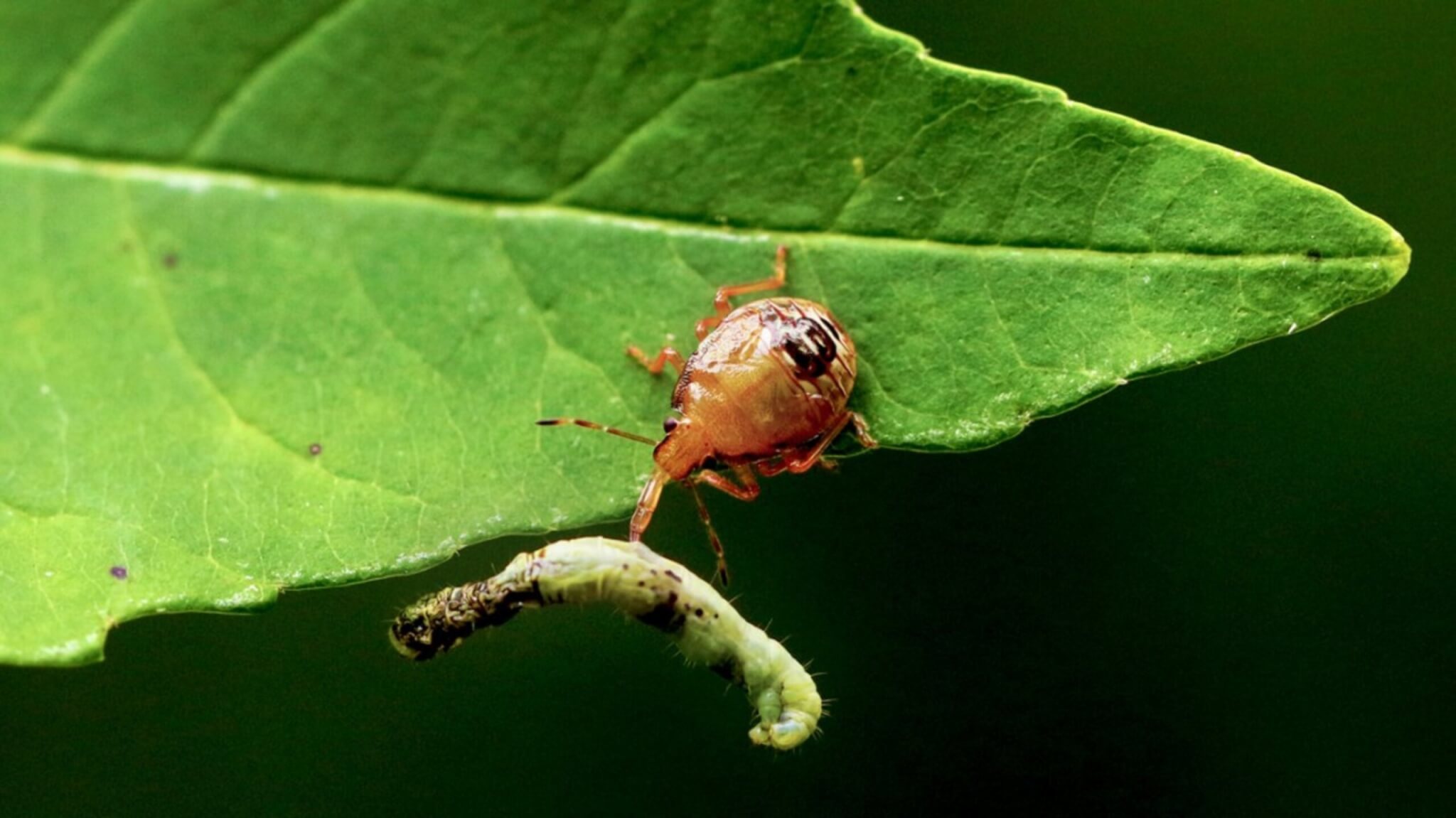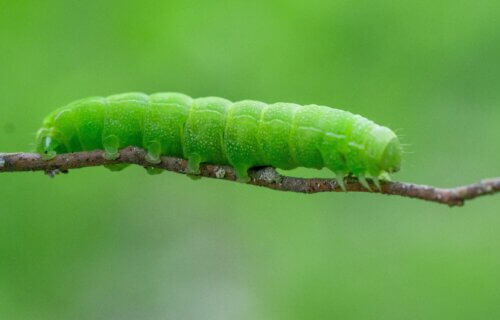ITHACA, N.Y. — If you love your local caterpillars, do them a favor and make sure to turn off your porch light at night. New research from scientists at Cornell University finds that moderate levels of artificial light at night, like outdoor lighting in your backyard, help caterpillar predators detect the bugs more easily.
“When you turn on a porch light, you suddenly see a bunch of insects outside the door,” says Sara Kaiser, a research ecologist and director of the Hubbard Brook Field Ornithology Program at the Cornell Lab of Ornithology and study author, in a university release. “But when you draw in those arthropod predators by adding light, then what is the impact on developing larvae? Top-down pressure—the possibility of being eaten by something.”
Previous research has focused on the dangerous effects artificial light has on adult insects but not much is known about those in younger stages of life.
To understand how artificial light at night affects predator attacks, scientists created 552 lifelike clay models of caterpillars. The replicas mimicked the same green color, size, and length of Noctuidae (owlet moths) and Notodontidae (prominent months) caterpillars—two larvae commonly seen in the nearby forest of the university. The soft clay allows for imprints which give researchers an opportunity to see how often predators—anthropods, insects, or birds—landed on the model and tried to bite or attack it.

“Predators left marks on the clay. Predation rates on clay caterpillars and the abundance of arthropod predators were significantly higher on the artificial light at night treatment plots,” explains John Deitsch, a coauthor of the study who conducted the research for his undergraduate honors thesis. “This suggests an increase of mortality pressure on caterpillars.”
Of the 552 clay caterpillars glued onto leaves, the researchers recovered 521 models. At 47.8%, almost half showed predatory marks from arthropods during the study. Predator marks were 27% higher in areas with 10 to 15 lux (similar to the brightness of a streetlamp) than in areas where the forest was nearly pitch-dark.
Caterpillars are the most vulnerable at the larval stage. This is a critical point in development where they are eating leaves and saving their strength to enter the next stage of life. Normally, real caterpillars move leaves around to evade predators. However, the study suggests night lights illuminate and expose the caterpillar’s position. With more artificial light at night, the study authors predict we will see more predator attacks on caterpillars.
The study is published in the Proceedings of the Royal Society B: Biological Sciences.
